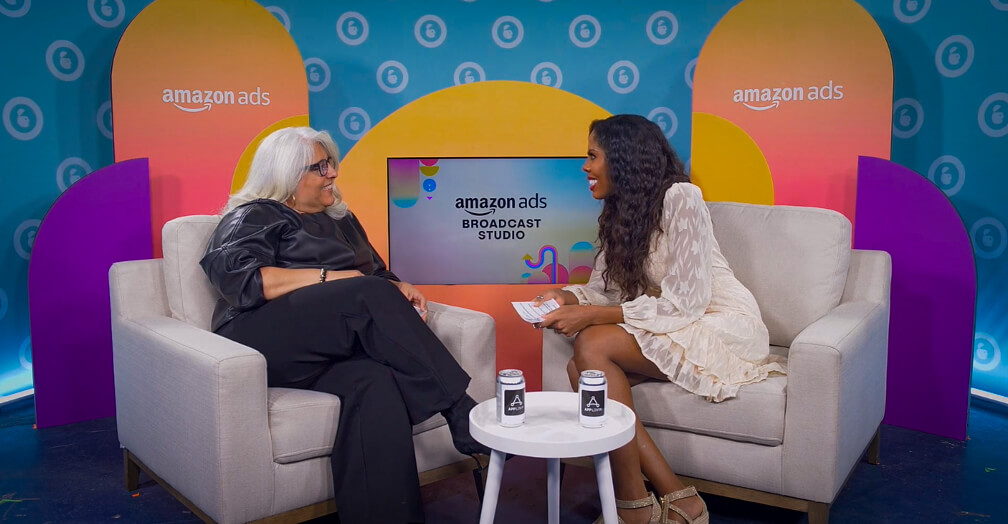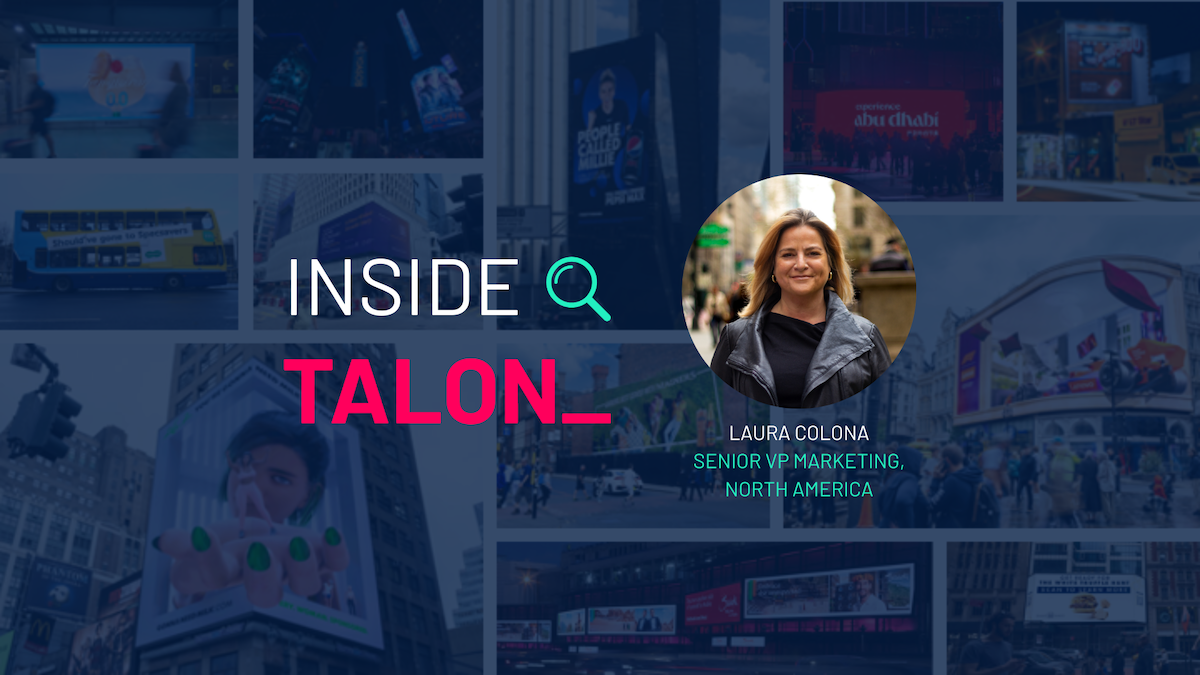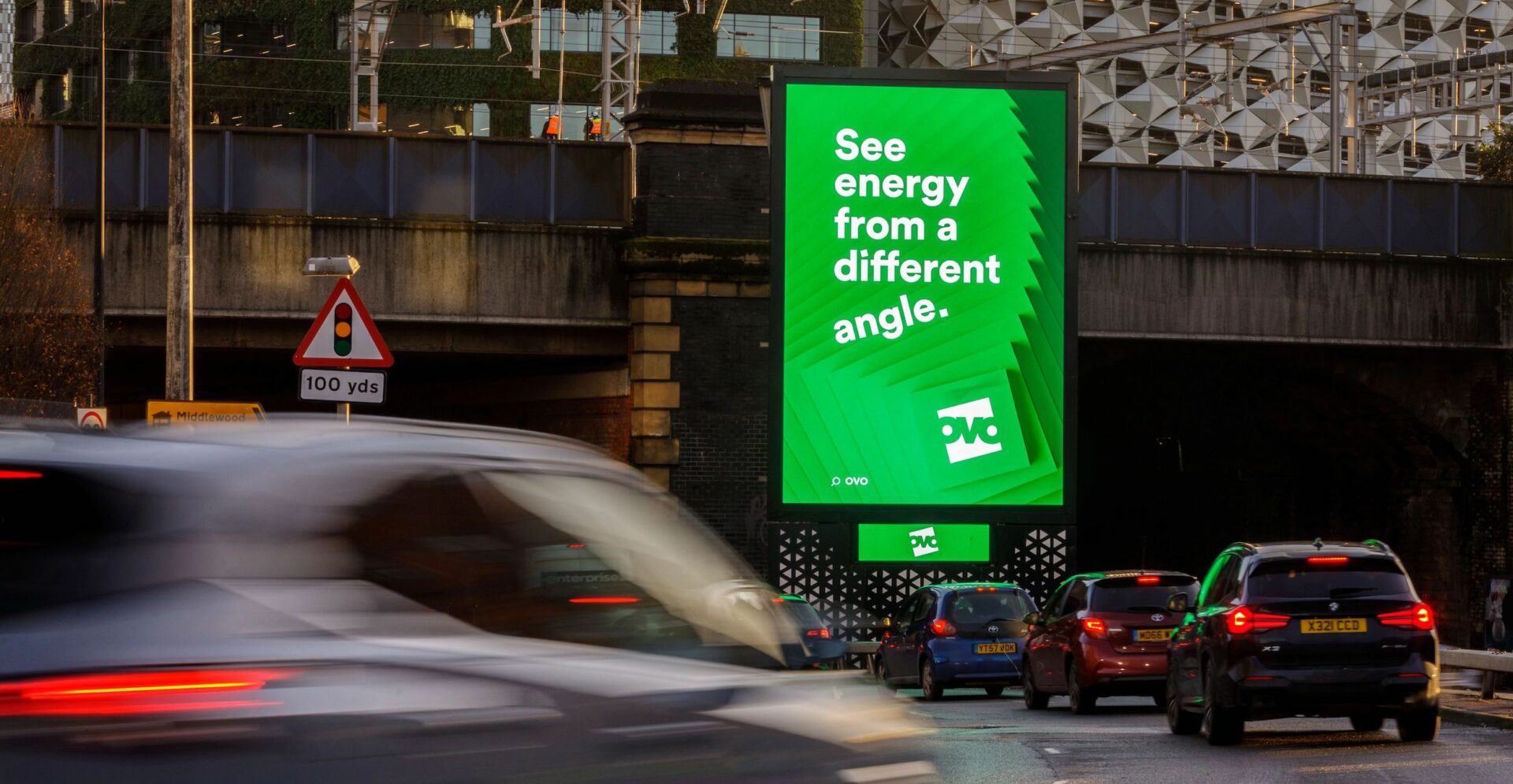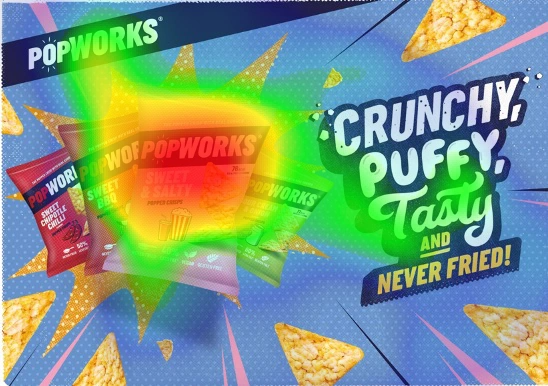Bridging the Gap in the Consumer Journey – Why Omnichannel Campaigns Need DOOH
Out of Home has evolved to become an even more effective and valuable brand building and performance marketing channel. As marketers prioritize efficiencies and outcomes to make ad dollars work harder, Talon’s Senior Vice President of Client Strategy, Enza Chiodi joined Dhomonique Murphy at Advertising Week New York for a conversation on how brands are leaning into OOH to achieve success.
Continued Evolution of OOH
Data, digitization, and automation is playing a leading role in the evolution of OOH as an advanced ad medium. Chiodi points to a data-led approach to planning and buying for a more effective media strategy.
“DOOH is where we see the most growth in the marketplace; the technological advances, the data that we have, the flexibility it offers advertisers to be able to change creative really easily,” said Chiodi. “But the data piece of it, bringing in audience technology and audience elements is making OOH so much more targeted than it used to be. Now we can actually look at the audience, figure out what their habits are, and target screens that make the most sense for them.”
Another factor is automation to make planning and buying OOH simpler and more intuitive. The advent of automation solves for inertia that exists due to the manual nature of execution.
“Automation is going to make things so much more simple and smarter in the way we put plans together,” said Chiodi. “It frees us up to think more strategically.”
Reaching Audiences and Driving Outcomes
The ability to precisely target audiences and deliver relevant creative and ad messaging means reaching and engaging consumers in the right mindset. OOH is no longer a purely brand-building medium. It is addressable with the ability to measure full-funnel outcomes.
“Data is allowing us to be so much more sophisticated in the way that we’re targeting audiences for our clients,” said Chiodi. “On top of that, instead of it just saying, hey, here is how many people that have seen your ad, it’s really more about what did we accomplish in the marketplace. Did we see a brand lift? Did we see awareness generation happening? Did we drive people into the store to actually purchase a product? We’re able to prove out the value so marketers are more into testing and expanding on their budgets.”
Key Factors for Success
The ability to extend the efforts of other media channels – whether digital, social, or CTV – and reach the same audiences in and out of their homes is critical to influencing consumer purchase decisions. Utilization of data for connecting consumers across channels is a major opportunity for marketers.
Creative advancements to create impactful, unmissable moments are also important. As a primarily visual medium, creative innovation is making it easier for marketers to engage consumers.
“The technological advances in the screens that are out in the marketplace allow us to do fun things – 3D, AR, virtual reality. Clients get excited about it and then use those on social channels,” said Chiodi. “For us at Talon, it’s creativity, data, technology. We have to hit those three points, and as the clients are picking up on that, we’re seeing more spend.”
OOH as part of an Omnichannel Approach
“The audience profile that brands spend quite a bit of money and time developing is something that we can now bring into the offline space and into the OOH world,” said Chiodi. “When you think about your journeys and how you’re shopping, what are your final touchpoints? It’s OOH.”
While investment in OOH is growing, it is still underrepresented in terms of share of wallet in the overall advertising ecosystem. So what can drive further adoption of the medium among marketers? According to Chiodi, test and learn.
“We talk a lot about the success of OOH, we talk about how we can make it much more effective. Let’s test. Let’s work with (marketers) to educate them on what the value is of OOH, how we can fit into omnichannel marketing, and let’s test.”
Watch the Full Session




